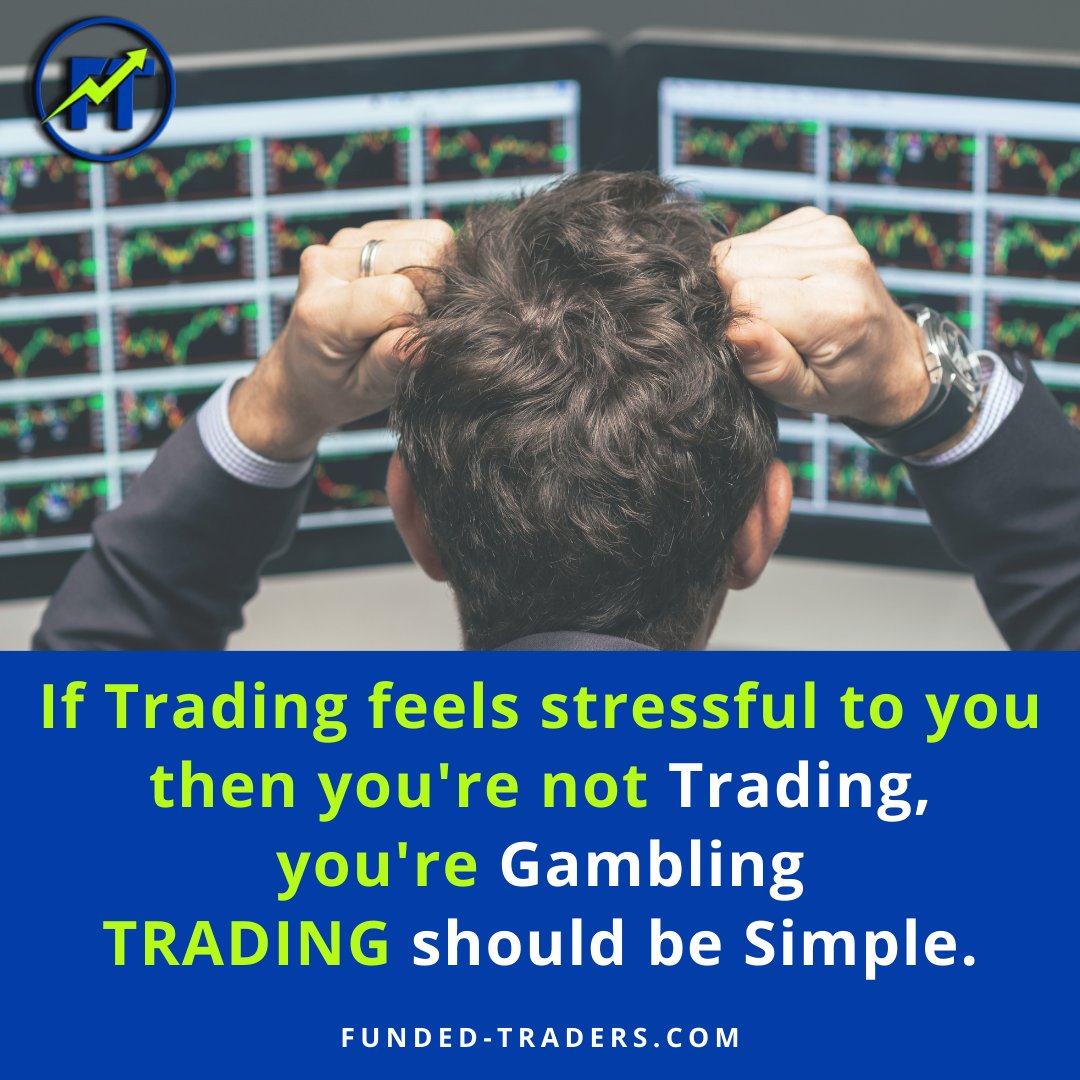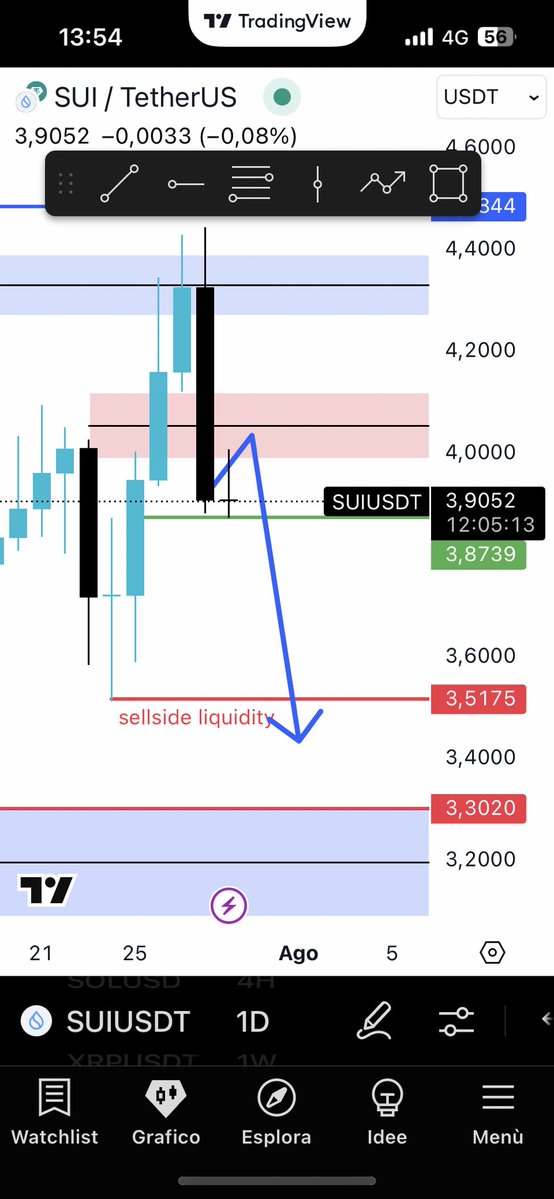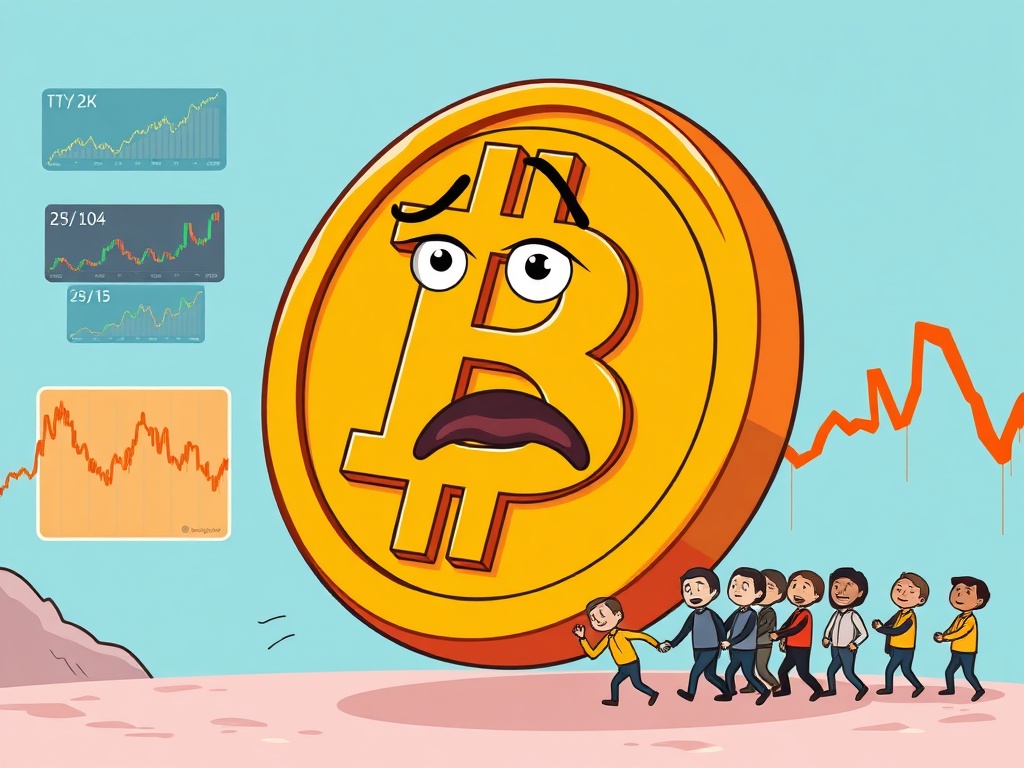The Art of Stress-Free Trading: A Calculated Approach
Imagine trading as a serene lake rather than a stormy sea. This transformation is possible with the right mindset and strategies. Let’s explore how to make trading a more manageable and even enjoyable experience.
The Emotional Rollercoaster
Trading can be an emotional rollercoaster. The thrill of a winning trade can be exhilarating, but the despair of a losing one can be crushing. This emotional volatility is often what makes trading stressful. The key to managing this stress is to recognize when your trading feels more like gambling than a calculated strategy. If you find yourself making impulsive decisions based on fear or greed, it’s time to reassess your approach.
Recognizing the Signs
Emotional trading often manifests in several ways:
– Fear: Holding onto losing positions for too long, hoping the market will turn around.
– Greed: Taking on too much risk in the hope of big gains.
– Impulsivity: Making trades without thorough analysis, driven by the fear of missing out (FOMO).
The Impact of Emotions
Emotions can cloud judgment and lead to poor decision-making. For instance, fear can cause you to sell too early, missing out on potential profits. Greed, on the other hand, can lead to overtrading and taking on too much risk. Recognizing these emotional triggers is the first step towards managing them.
The Power of Analysis
Analysis is the cornerstone of stress-free trading. By relying on data and trends rather than emotions, you can make more informed decisions. This doesn’t mean you need to be a data scientist; it simply means you should use available tools and resources to guide your trading.
Technical Analysis
Technical analysis involves studying price charts and using indicators to identify trends and patterns. Tools like moving averages, Relative Strength Index (RSI), and Bollinger Bands can help you make more informed trading decisions. For example, a moving average crossover can signal a change in trend, allowing you to enter or exit a trade at the right time.
Fundamental Analysis
Fundamental analysis focuses on the underlying value of an asset. This involves studying financial statements, economic indicators, and other qualitative factors. For instance, if you’re trading stocks, you might look at earnings reports, revenue growth, and market share. For cryptocurrencies, you might consider factors like adoption rates, technological advancements, and regulatory environment.
Keeping It Simple
One of the biggest mistakes traders make is overcomplicating their strategies. The more complex your strategy, the more room there is for error and stress. Keeping it simple allows you to focus on what’s important and makes it easier to stick to your plan.
The KISS Principle
The KISS principle—Keep It Simple, Stupid—is a valuable guideline in trading. It means avoiding unnecessary complexity and focusing on the essentials. For example, instead of using multiple indicators, you might choose one or two that you understand well and that have proven effective.
Prioritizing Factors
Prioritizing factors means focusing on the most important aspects of your trading strategy. For instance, if you’re a swing trader, you might prioritize identifying trends and key support/resistance levels. If you’re a day trader, you might focus on short-term price movements and volatility.
Sticking to Your Strategy
Consistency is key in trading. Once you have a strategy that works for you, stick to it. This doesn’t mean you can’t adjust your strategy over time, but it does mean you should avoid making impulsive changes based on short-term market fluctuations.
The Importance of a Trading Plan
A trading plan is a detailed outline of your trading strategy, including your goals, risk management rules, and trading rules. Having a trading plan helps you stay disciplined and avoid emotional trading. For example, your trading plan might specify that you will only enter a trade if certain conditions are met, such as a moving average crossover or a breakout from a key resistance level.
Adjusting Your Strategy
While consistency is important, it’s also crucial to be adaptable. Markets change, and what works today might not work tomorrow. Regularly review and adjust your strategy as needed, but do so based on a thorough analysis rather than impulsive decisions.
The Role of Emotions
Emotions play a significant role in trading, but they don’t have to control your decisions. By recognizing and managing your emotions, you can make more rational decisions.
Managing Fear and Greed
Fear and greed are two of the most common emotions that affect traders. Fear can cause you to miss out on potential profits by selling too early, while greed can lead to overtrading and taking on too much risk. To manage these emotions, it’s important to have a clear trading plan and stick to it. For example, if your trading plan specifies that you will sell a position at a certain price, stick to that plan regardless of your emotions.
The Importance of Patience
Patience is a virtue in trading. It’s important to wait for the right opportunities rather than forcing trades. This means being patient and disciplined, even when the market is volatile. For example, if you’re a swing trader, you might wait for a clear trend to emerge before entering a trade.
The Importance of Education
Education is another crucial aspect of stress-free trading. The more you know about the market and the assets you’re trading, the more confident you’ll feel in your decisions. This doesn’t mean you need to become an expert overnight, but rather, you should continuously seek to expand your knowledge and skills.
Continuous Learning
Trading is a lifelong learning process. Markets are constantly evolving, and new strategies and tools are always emerging. Staying up-to-date with the latest trends and technologies can give you a competitive edge. For example, you might read trading books, attend webinars, or join trading communities to learn from other traders.
The Value of Experience
Experience is one of the most valuable assets in trading. The more you trade, the more you’ll learn about what works and what doesn’t. This doesn’t mean you should rush into trading without a plan, but rather, you should be patient and disciplined, learning from your experiences and adjusting your strategy as needed.
The Benefits of a Community
Trading can be a lonely activity, but it doesn’t have to be. Joining a community of like-minded traders can provide support, advice, and a sense of camaraderie. This can be especially helpful during stressful times, as you can share your experiences and learn from others.
The Power of Support
Having a support network can make a big difference in your trading journey. Whether it’s a mentor, a trading group, or an online community, having people to turn to for advice and encouragement can help you stay motivated and disciplined. For example, you might join a trading forum or attend a trading meetup to connect with other traders.
Learning from Others
Learning from others is one of the best ways to improve your trading skills. By observing what works and what doesn’t, you can gain valuable insights and avoid common pitfalls. For example, you might read trading blogs, watch trading videos, or attend trading workshops to learn from experienced traders.
The Future of Trading
As technology continues to evolve, so too will the world of trading. From automated trading platforms to advanced analytics tools, the future of trading promises to be more accessible and less stressful than ever before. By staying up-to-date with the latest trends and technologies, you can ensure you’re always one step ahead.
The Rise of Automation
Automated trading platforms are becoming increasingly popular, allowing traders to execute trades based on predefined rules and algorithms. This can help reduce the emotional aspect of trading and make it more systematic. For example, you might use a trading bot to execute trades based on technical indicators, freeing up your time to focus on other aspects of your strategy.
The Role of AI and Machine Learning
AI and machine learning are revolutionizing the trading world, providing traders with advanced tools and insights. For example, AI-powered trading platforms can analyze vast amounts of data and identify patterns that would be impossible for a human to detect. This can help traders make more informed decisions and reduce the risk of emotional trading.
Conclusion: Embrace the Calculated Approach
In conclusion, trading doesn’t have to be stressful. By adopting a calculated approach, keeping it simple, sticking to your strategy, and letting analysis guide your decisions, you can transform trading into a more manageable and enjoyable activity. Remember, the goal is not to eliminate stress entirely, but rather, to manage it in a way that allows you to make more informed and rational decisions. So, embrace the calculated approach and watch as your trading journey becomes a more rewarding experience.
—
Sources:





